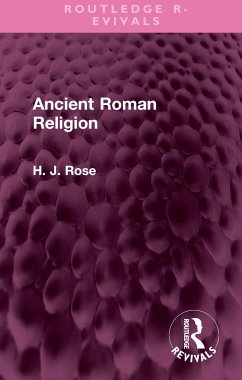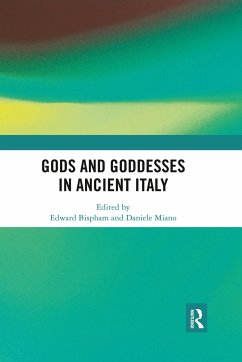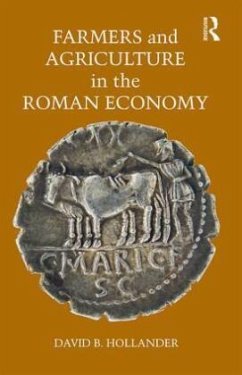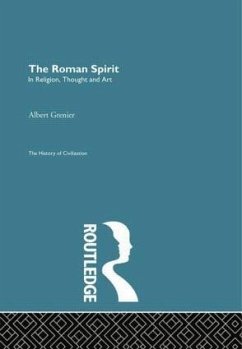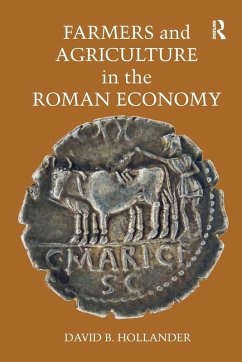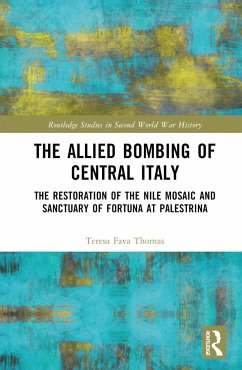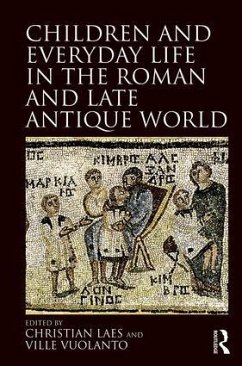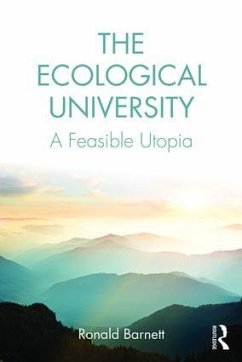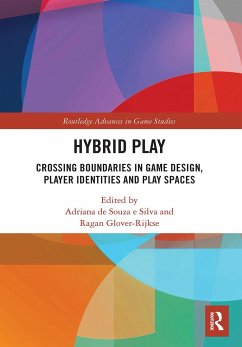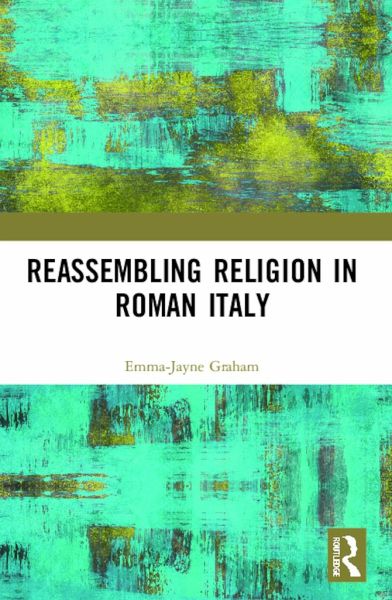
Reassembling Religion in Roman Italy
Versandkostenfrei!
Versandfertig in 6-10 Tagen
43,99 €
inkl. MwSt.
Weitere Ausgaben:

PAYBACK Punkte
22 °P sammeln!
This book examines the ways in which lived religion in Roman Italy involved personal and communal experiences of the religious agency generated when ritualised activities caused human and more-than-human things to become bundled together into relational assemblages. Drawing upon broadly posthumanist and new materialist theories concerning the thingliness of things, it sets out to re-evaluate the role of the material world within Roman religion and to offer new perspectives on the formation of multi-scalar forms of ancient religious knowledge. It explores what happens when a materially informed...
This book examines the ways in which lived religion in Roman Italy involved personal and communal experiences of the religious agency generated when ritualised activities caused human and more-than-human things to become bundled together into relational assemblages. Drawing upon broadly posthumanist and new materialist theories concerning the thingliness of things, it sets out to re-evaluate the role of the material world within Roman religion and to offer new perspectives on the formation of multi-scalar forms of ancient religious knowledge. It explores what happens when a materially informed approach is systematically applied to the investigation of typical questions about Roman religion such as: What did Romans understand 'religion' to mean? What did religious experiences allow people to understand about the material world and their own place within it? How were experiences of ritual connected with shared beliefs or concepts about the relationship between the mortal and divine worlds? How was divinity constructed and perceived? To answer these questions, it gathers and evaluates archaeological evidence associated with a series of case studies. Each of these focuses on a key component of the ritualised assemblages shown to have produced Roman religious agency - place, objects, bodies, and divinity - and centres on an examination of experiences of lived religion as it related to the contexts of monumentalised sanctuaries, cult instruments used in public sacrifice, anatomical votive offerings, cult images and the qualities of divinity, and magic as a situationally specific form of religious knowledge. By breaking down and then reconstructing the ritualised assemblages that generated and sustained Roman religion, this book makes the case for adopting a material approach to the study of ancient lived religion.





